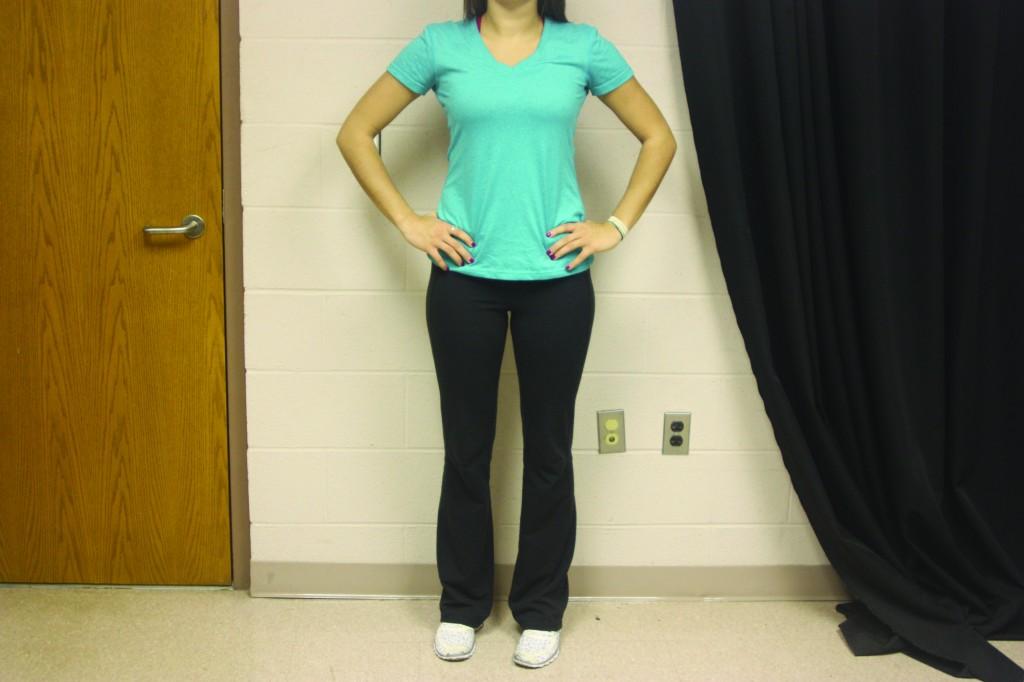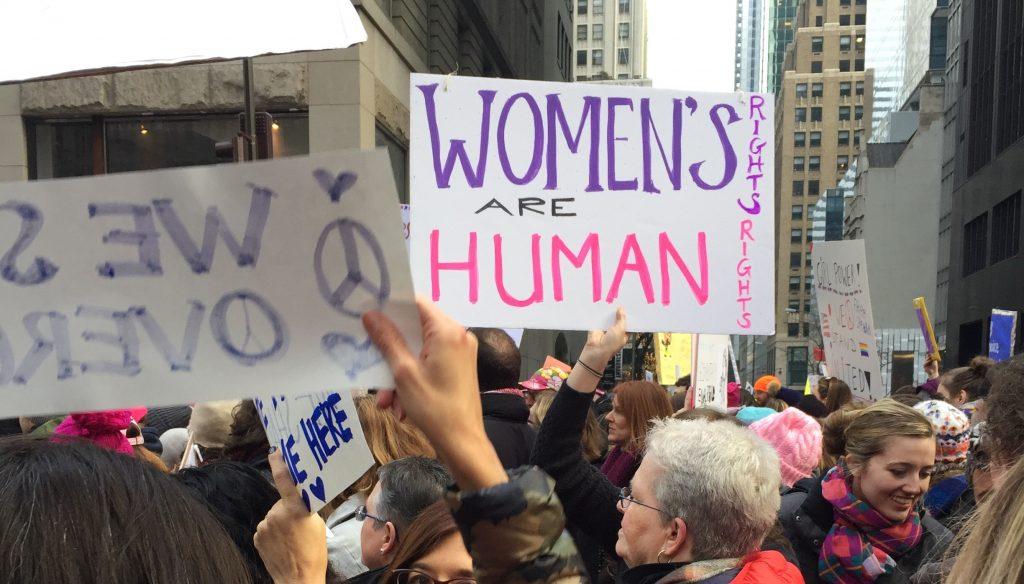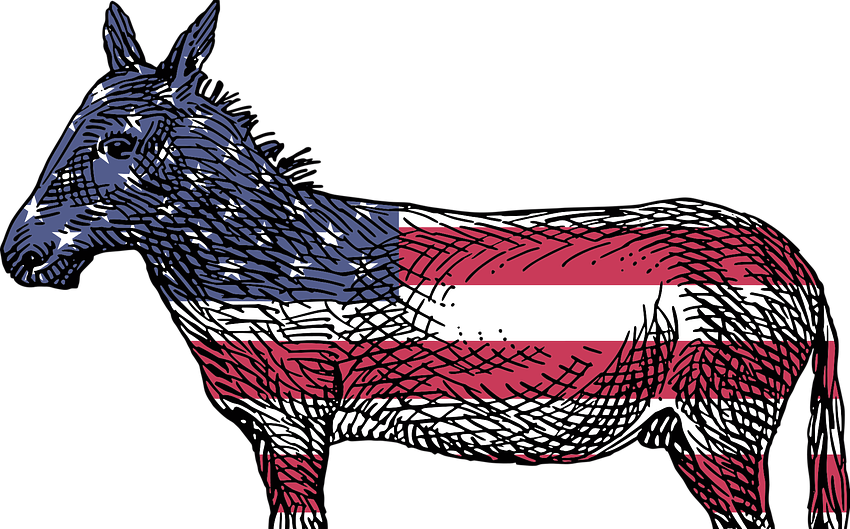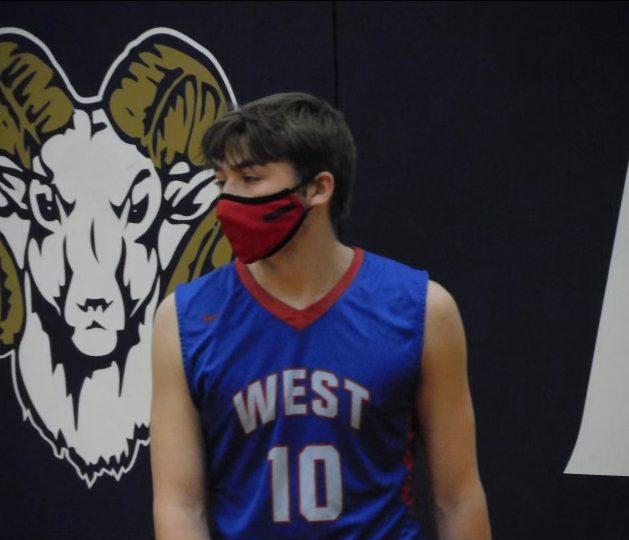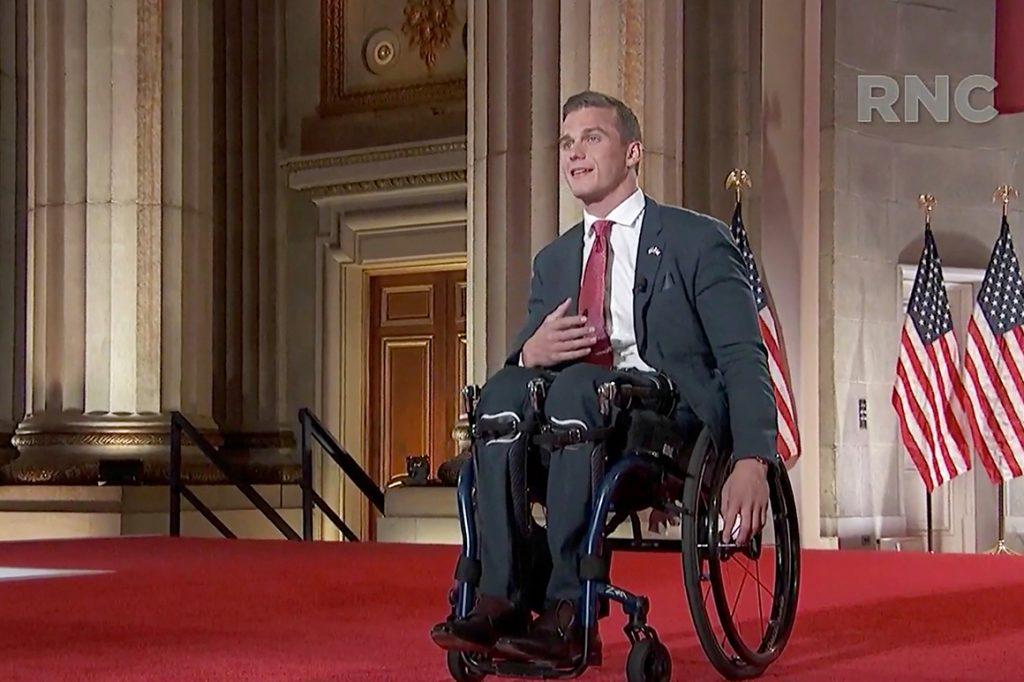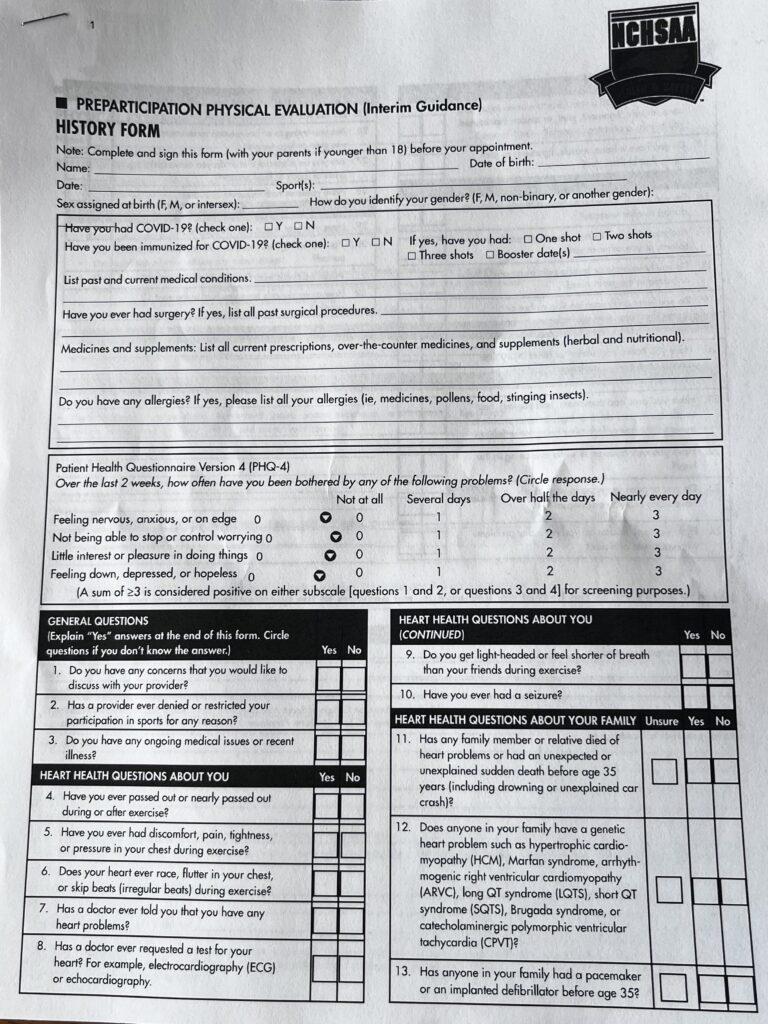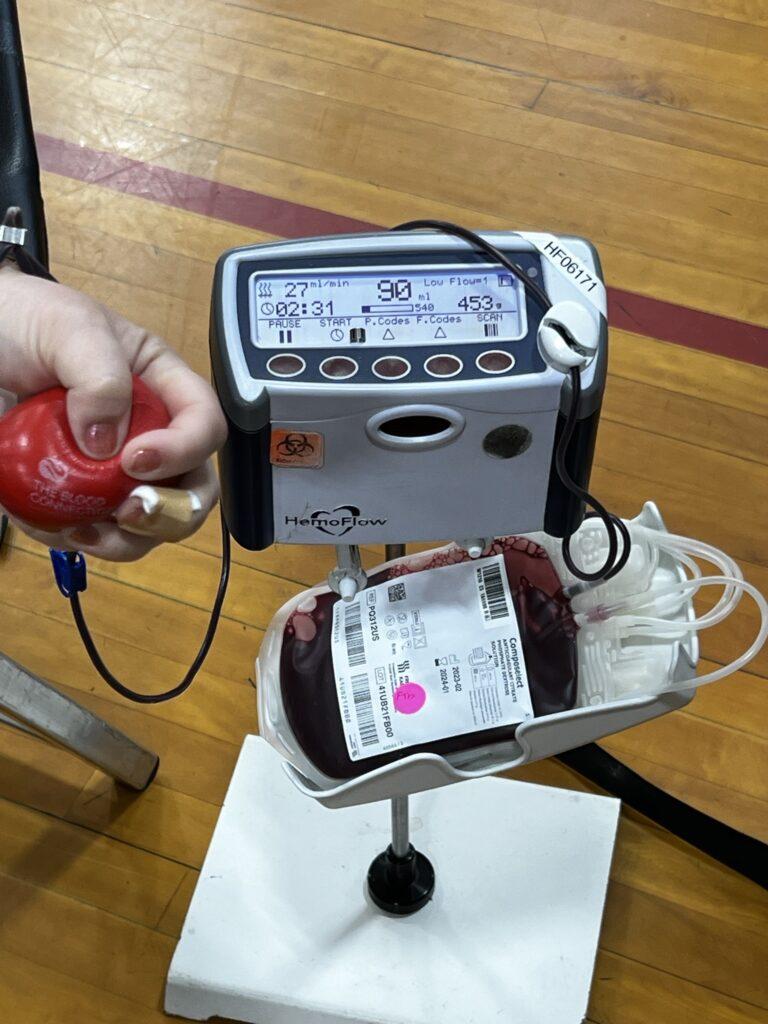My least favorite phrase in the world is, “Boys will be boys.” In the last few weeks, I have heard it entirely too much and, to make matters worse, I’ve heard it used in a context where it doesn’t belong. When we returned to school in August, we learned of new enforcement plans for the dress code for the school year.
For me, the situation has stirred up nothing but a lot of disappointment, shame and anger — disappointment in the way our school has handled these new enforcements, shame in my body and the clothes I own and anger at the fact that I now find myself feeling badly about things that are in no way inappropriate.
I am a woman — as are more than half of the students in this school. Believe me, I am all for “keeping it classy,” and I am all for keeping covered up, but
I have three main issues with the dress code, and all are extremely serious.
The first is that if you went up to students in the hallway today and asked them if the dress code had been changed for this year, they would undoubtably say yes. But this is not the case. The dress code that I have abided by the past three years, and that many students have abided by long before that, is what is still printed in the agenda. Here are two excerpts from the dress code:
“The bottom of the student’s shirt must meet the top of the student’s pants or shirt and no midriff may be exposed.”
“The bottom of shorts must be at or lower than the student’s fingertips when the student is standing erect.”
If followed, this dress code is enough to “keep it classy.” In the past, the dress code was blatantly ignored by many students. Our administration’s response to this understandably large issue was not to simply enforce the dress code, but instead to drag it out and parade it around like it was brand new. Most students are well justified in being confused, though, as policies are being enforced that are not printed in the code of conduct. No where in our agenda does it say that leggings will not be permitted unless a shirt covers them. No where does it mention that shorts must have a five-inch inseam.
But our teachers have been enforcing these “changes” with military precision. Well, almost.
My second issue with the “new” dress code is the inequality with which it is enforced. I’ve always seen this as a problem around West, with skinny girls being allowed to wear incredibly short shorts and shirts bordering on crop tops, while larger girls are harped on for every tank top, but, hey, that’s life.
However, this year the dress code is being enforced with discrimination that makes me sick.
How many presentations, videos and reports about bullying and “cliques” and the dangers of “popularity” has the school system shoved down our throats since we first stepped through the halls of middle school? Hundreds. And yet now, in a time when we as girls are extra sensitive about ourselves and our “social standings,” they decide to uphold it themselves in a way I find disgusting.
A girl walked into my homeroom during the second week of school with shorts so short that I could see her butt cheeks. Two days earlier, a friend of mine had been called out in front of an entire class of students because her (significantly longer) shorts were “way too short.”
Why did this girl get away with these shorts while my friend didn’t? I believe it was because she was a cheerleader.
At first, though I noticed the girls dressed inappropriately in hallways, I couldn’t see the correlation. Then one day during the third week of school, I watched a girl from a sports team wearing tiny shorts and a tank top walk right in front of a teacher busy yelling at another girl because her “jeans were too tight.” I was stunned to realize that the very teachers that encouraged us to treat all people the same are now treating some students as exceptions to the rules that all of us must follow.
My last, and most serious, issue with the dress code is the message it has been presented with. After the first day of school, I was shocked to hear girls talk about how their homeroom teachers had addressed the issue of the policy changes.
Three different girls told me on three different occasions that their teacher’s message was “boys will be boys” and it’s “the girl’s responsibility to make sure they can control themselves.” To me, that’s one small step from “Maybe he wouldn’t have raped you if you hadn’t been wearing that.”
Now I am by no means under the illusion that the teachers and administration at this school condone rape culture, but what message are they sending to teenage boys?
If the administration had just come out with the simple message that this is an educational environment and, as such, West has a reputation as well as a high standard of learning to uphold, enforcement of the dress code would have been much easier to accept, if not to agree with.
There are standards and levels of appropriateness that an educational setting must uphold, and, like it or not, it’s women’s clothing that often pushes the boundaries of what’s appropriate in such an environment.
But that’s not what they said. They said, “Boys will be boys.”
As young women in a semi-professional environment, we get no free passes regarding our conduct, our character or our clothing. Therefore, the administration has no business giving boys a free pass when it comes to their attitudes toward girls.
They, as young men, should be held to the same high standard that we are — a standard that promotes respect, learning and, yes, keeping it classy.
By Olivia Slagle

